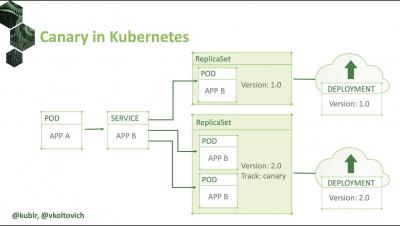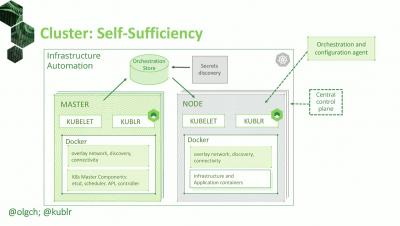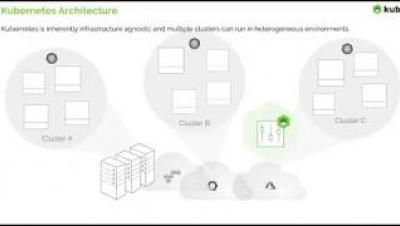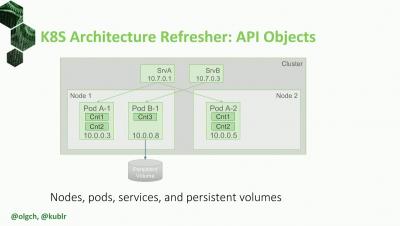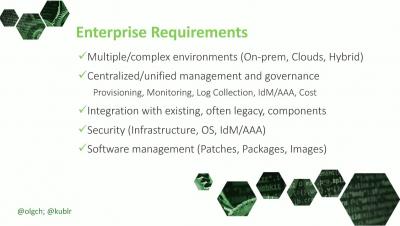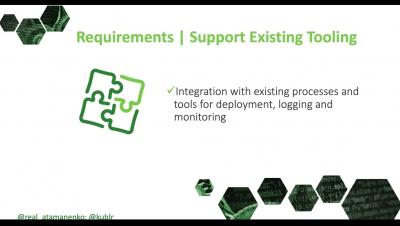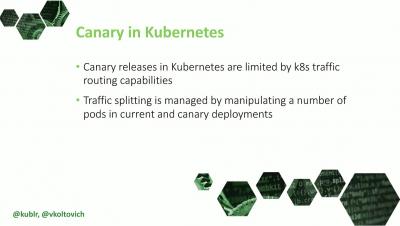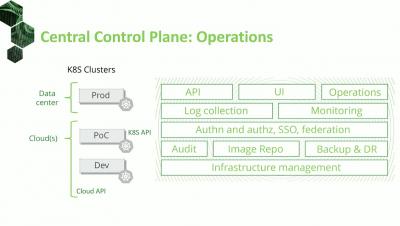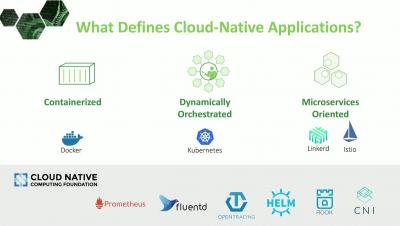Canary Releases on Kubernetes with Spinnaker, Istio, and Prometheus
In a microservices world, applications consist of dozens, hundreds, or even thousands of components. Manually deploying and verifying deployment quality in production is virtually impossible. Kubernetes, which natively supports rolling updates, enables blue-green application deployments with Spinnaker. However, the gradual rollout is a feature that doesn’t come out-of-the-box but can be achieved by adding Istio and Prometheus to the equation.


